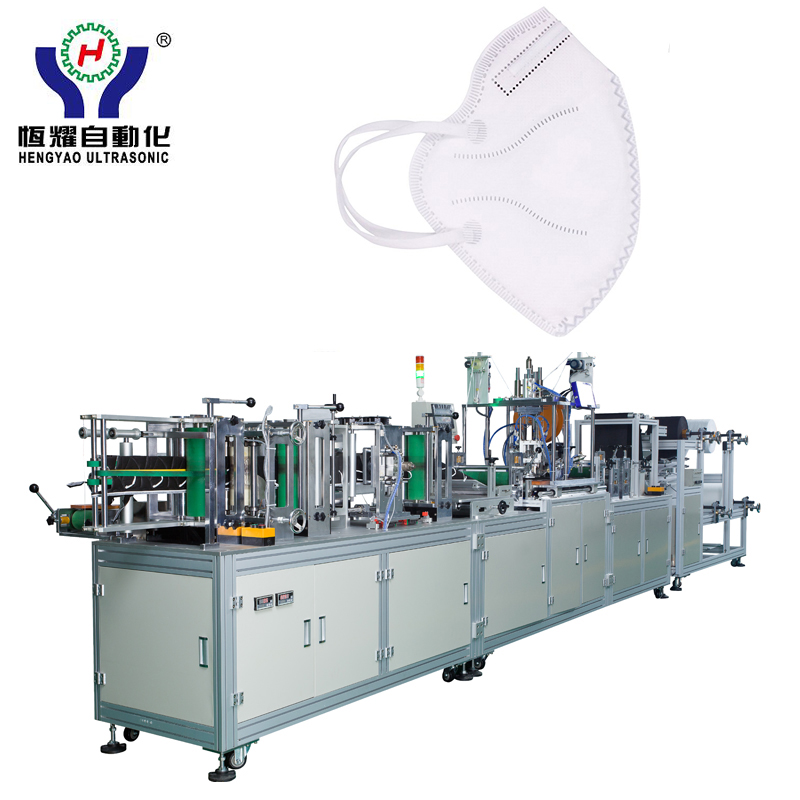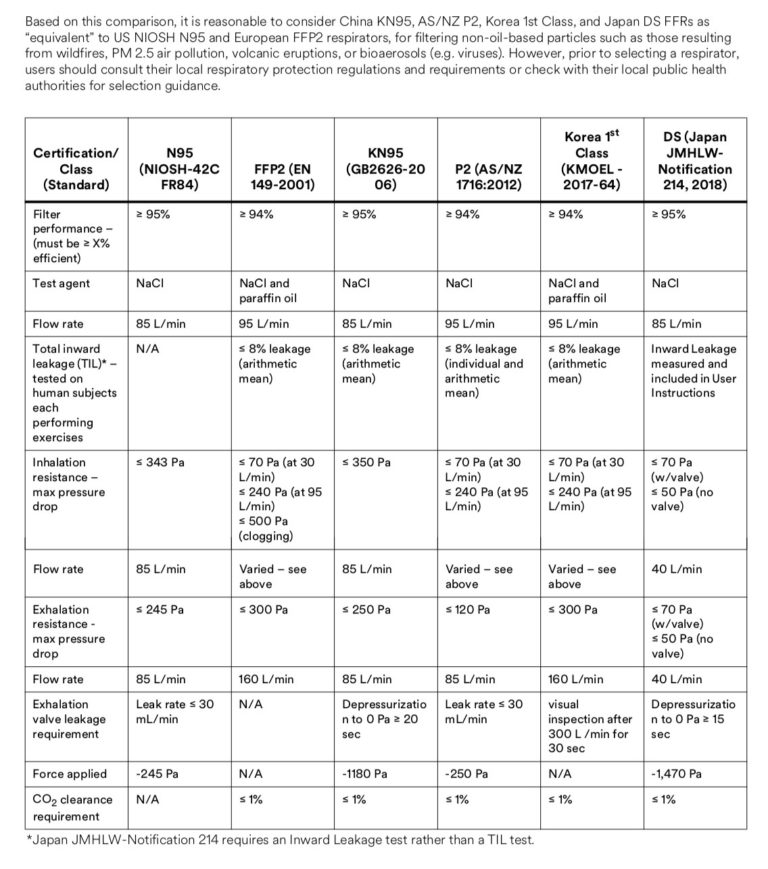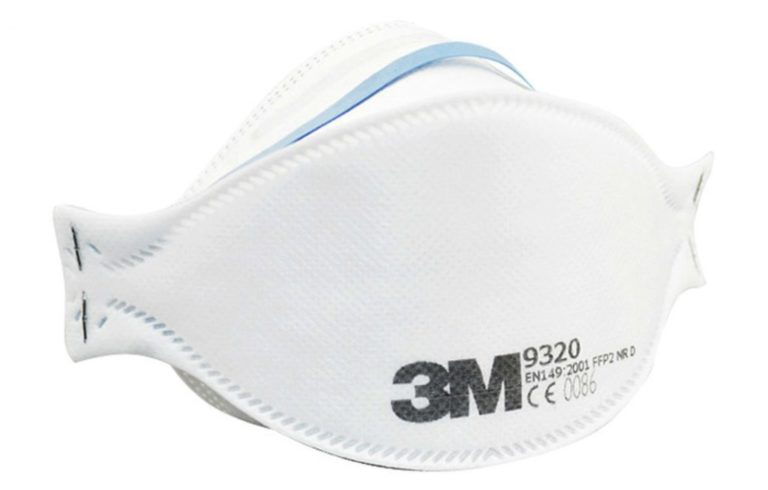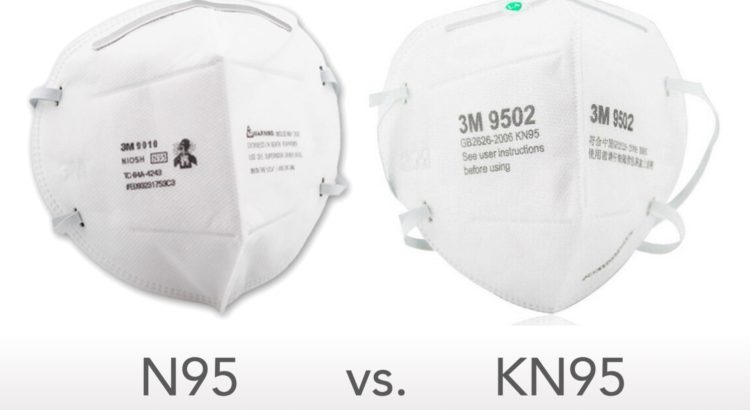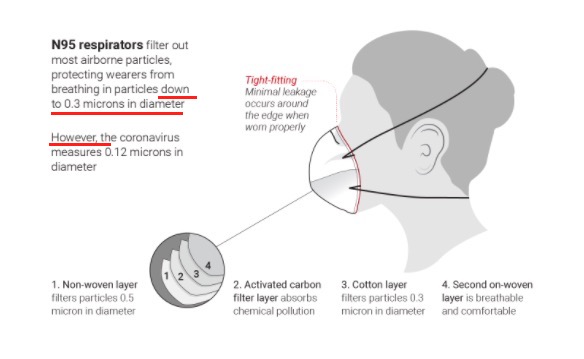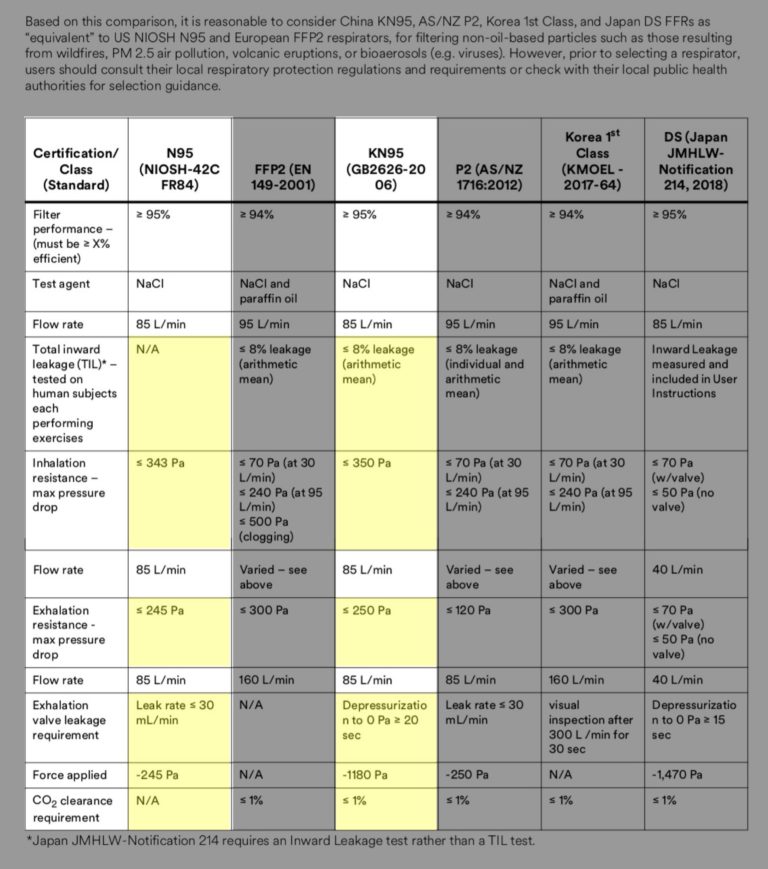Is there a difference between N95 masks and KN95 masks?
Is there a difference between N95 masks and KN95 masks?
This easy-to-understand diagram explains the difference between N95 and KN95 masks. N95 masks are American mask standards; KN95 is Chinese mask standards. Although there are many differences between the two masks, the two masks are the same in the functions that most people care about.
Mask manufacturer 3M said, “There is reason to believe that” China’s KN95 “is equivalent to” the United States’ N95. Mask standards in Europe (FFP2), Australia (P2), South Korea (KMOEL) and Japan (DS) are also very similar.
What N95 and KN95 have in common
Both masks can capture 95% of the particles. On this indicator, N95 and KN95 masks are the same.
Because some test standards say that N95 and KN95 masks can filter 95% of particles of 0.3 microns or more, many people will say that they can only filter 95% of particles of 0.3 microns or more. They thought that masks could not filter particles smaller than 0.3 microns. For example, this is a picture of the South China Morning Post. They even said “N95 masks can prevent wearers from inhaling particles larger than 0.3 microns in diameter.”
However, masks can actually capture smaller particles than many people think. According to empirical data, it can be seen that masks are actually very effective in filtering smaller particles.
The difference between N95 and KN95 masks
Both of these standards require the mask to be tested for filtration when capturing salt particles (NaCl), both at a rate of 85 litres per minute. However, there are some differences between N95 and KN95, here to emphasize.
These differences are not large, and there is not much difference for people who generally use masks. However, there are some key differences:
1. If the manufacturer wants to get the KN95 standard, it is necessary to perform a mask sealing test on a real person, and the leakage rate (the percentage of particles leaking from the side of the mask) needs to be ≤8%. N95 standard masks do not require seal testing. (Remember: This is a national requirement for commodities. Many industrial companies and hospitals will require their employees to do a seal test.)
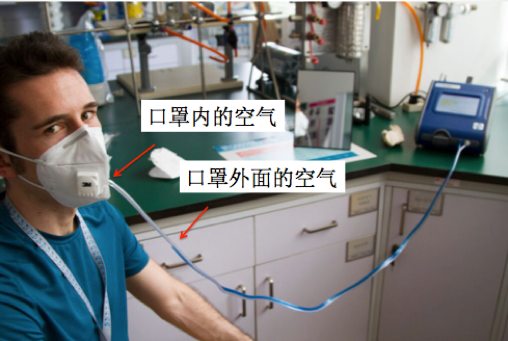
2. N95 masks have relatively high pressure drop requirements during inhalation. This means that they need to be more breathable.
3. N95 masks also have slightly stricter requirements for the pressure drop during exhalation, which should help improve the breathability of the mask.
Summary: The difference between N95 and KN95 masks
Summary: Although only KN95 masks need to pass the seal test, both N95 masks and KN95 masks are approved to filter 95% of the particles. In addition, N95 masks have relatively strong requirements for breathability.
